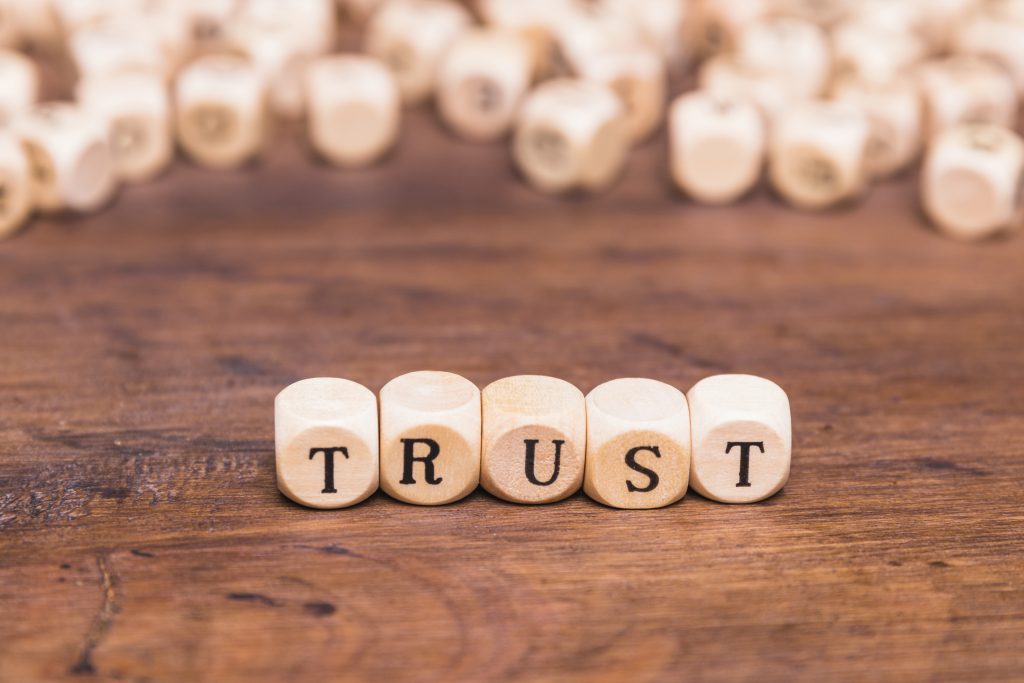In today’s world, overwhelmed by an ever-growing flood of information, knowing what makes a source trustworthy today has become essential. From social media updates to news outlets, blogs, and academic research, the sheer amount of content available can easily confuse readers. This article examines current trends in assessing source reliability, especially within education and society, and provides practical advice to help you evaluate information confidently.

Understanding What Makes a Source Trustworthy Today
Traditionally, reputation and institutional backing defined trustworthiness. Established newspapers, academic journals, and publishers were often accepted as reliable by default. However, the digital age and the rise of citizen journalism have dramatically changed this landscape.
Today, multiple factors influence whether a source is trustworthy. Accuracy, transparency, accountability, and impartiality play major roles. Furthermore, readers must develop critical skills to judge the quality of information amidst widespread misinformation.
Why Source Trustworthiness Is Crucial in Education and Society
Trustworthy sources matter across several key areas:
- Learning outcomes: Both students and educators depend on reliable information to form solid knowledge bases. When sources are biased or incorrect, misunderstandings can occur.
- Shaping public opinion: Reliable sources influence social attitudes and public policies. Conversely, misinformation risks deepening societal divisions.
- Professional decisions: Accurate data supports strategic and informed choices across industries.
Recent events, such as the spread of false claims during the COVID-19 pandemic, have emphasized the urgent need to understand what makes a source trustworthy today.
Key Characteristics of Trustworthy Sources
Several core features typically distinguish reliable sources from unreliable ones:
Accuracy and Evidence-Based Reporting
Trustworthy sources back their claims with verifiable facts and data. They include citations or references so readers can independently verify information. For example, peer-reviewed academic articles often meet these standards.
Transparency and Accountability
Reliable sources openly share details about their authors, funding, and potential conflicts of interest. This transparency helps readers grasp the context behind the content.
Expertise and Authority
Authors or organizations with recognized qualifications and relevant experience tend to provide more credible information.
Objectivity and Balanced Perspectives
Good sources present multiple viewpoints and avoid sensational or biased language. They clearly separate facts from opinions.
Timeliness and Currency
Information must be up to date, especially in rapidly changing fields like technology or healthcare.
Emerging Trends Affecting Trustworthiness
Several recent developments influence how people assess source reliability:
Challenges from AI-Generated Content: Artificial intelligence now creates convincing but fabricated videos and articles, complicating trust judgments. Consequently, awareness and detection tools have become increasingly important.
Rise of Fact-Checking and Verification Tools: Independent fact-checking organizations such as Snopes, FactCheck.org, and PolitiFact have gained popularity. These platforms verify popular claims circulating online in response to growing public demand for accuracy.
Increased Algorithmic Transparency: Some social media and search platforms have started revealing how their algorithms rank and prioritize content. This effort aims to reduce misinformation spread and improve content quality.
Evolution of Collaborative Platforms: Wikipedia, once criticized for reliability, has enhanced its editorial oversight and citation policies, improving its trustworthiness as a crowdsourced resource.
How to Evaluate Trustworthy Sources: A Step-by-Step Guide
Navigating today’s complex information environment requires practical evaluation steps:
- Investigate the Author and Publisher
Research the author’s credentials and relevant expertise. Consider the publisher’s reputation and editorial standards. - Verify Supporting Evidence
Check whether the information is supported by credible data or references. Evaluate the quality and relevance of cited sources. - Assess Objectivity
Look for balanced coverage that avoids biased or emotional language. Seek multiple perspectives on the topic. - Confirm Timeliness
Check publication dates to ensure content reflects the most recent research or news developments. - Use Fact-Checking Resources
Cross-check contentious claims with established fact-checking sites to confirm accuracy.
Case Examples Demonstrating the Importance of Trustworthy Sources
Public Health Information in the COVID-19 Era
During the pandemic, misinformation about vaccines and treatments created confusion and hesitancy. Trusted institutions like the World Health Organization and CDC provided transparent, evidence-based guidance, gaining widespread credibility.
Media Coverage of Social Movements
Events such as the Black Lives Matter protests have shown how selective or misleading reporting can influence public understanding and policy debates. Reliable sources have been critical in offering accurate context and verified facts.
Challenges in Identifying Trustworthy Sources
Despite the best efforts, several obstacles remain:
- Information overload: The vast amount of content can overwhelm even careful readers.
- Confirmation bias: People often favor sources that confirm their existing beliefs.
- Sophisticated misinformation: Fake news increasingly mimics credible sources, and making detection harder.
Nevertheless, developing critical evaluation skills remains crucial for education and social engagement.
The Role of Education in Building Trustworthy Source Evaluation Skills
Many schools now emphasize media literacy and critical thinking to prepare students for navigating information responsibly. A 2023 report from Pew Research Center found that 64% of educators believe training in these areas is essential for countering misinformation.
Conclusion
Grasping what makes a source trustworthy today is essential in our information-rich world. Accuracy, transparency, expertise, and balanced reporting continue to be fundamental, but new tools and trends also shape how we assess reliability.
By applying practical evaluation methods, and readers can confidently navigate complex information environments. These skills are vital not only for personal knowledge but also for fostering informed and engaged communities.
References
- Pew Research Center. (2023). Educators’ Views on Media Literacy and Combating Misinformation. https://www.pewresearch.org/short-reads/2023/07/20/most-americans-favor-restrictions-on-false-information-violent-content-online/
- Snopes. (2024). Fact-Checking in the Age of Misinformation. https://www.snopes.com/fact-check/
- World Health Organization. (2023). COVID-19 Pandemic Updates and Public Health Communication. https://www.who.int/emergencies/diseases/novel-coronavirus-2019/advice-for-public









